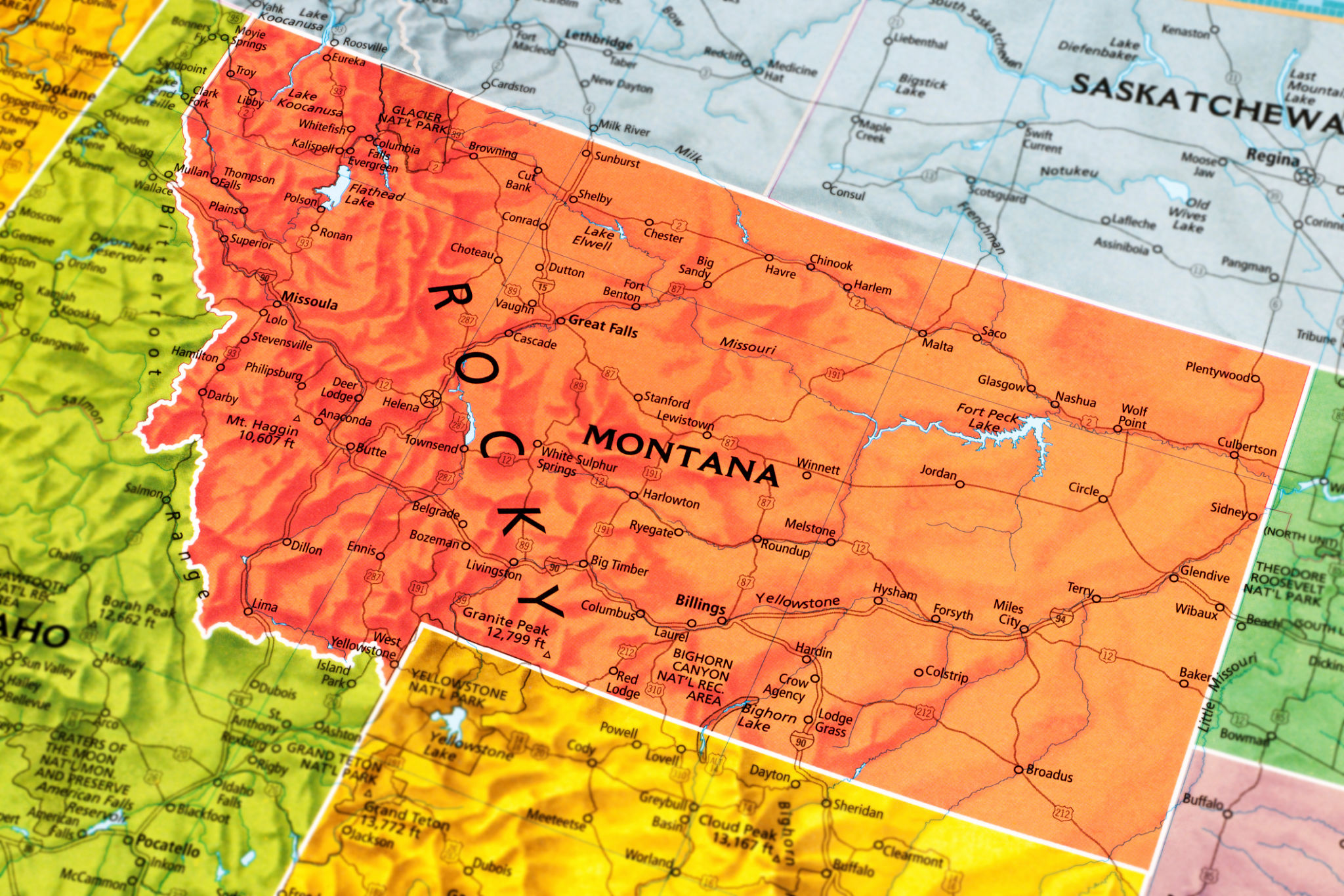How to Choose the Right Plants for Your Climate
Understanding Your Climate
Choosing the right plants for your climate is crucial to creating a thriving garden. Understanding your local climate is the first step in this process. Consider factors such as temperature range, humidity levels, and seasonal changes. This knowledge will guide you in selecting plants that can withstand the specific conditions of your area.
Most gardening experts recommend referring to a plant hardiness zone map, which categorizes regions based on their average minimum temperatures. Knowing your zone helps in selecting plants that are more likely to thrive in your climate.

Identifying Your Garden’s Microclimates
Beyond general climate considerations, it's important to recognize microclimates within your own garden. These microclimates are small areas where the climate may vary slightly from the general area. For example, a spot that receives full sun all day will differ significantly from one that's shaded by trees.
Observe your garden throughout the day to identify these variations. Consider factors such as sunlight exposure, wind patterns, and soil moisture. By understanding these microclimates, you can choose plants that are perfectly suited to each unique area of your garden.
Selecting the Right Plants
Once you've assessed your climate and identified microclimates, you can start selecting plants. Begin by researching plants native to your region, as they are naturally adapted to local conditions and typically require less maintenance. Native plants can also support local wildlife, contributing to biodiversity.

Consider the specific needs of each plant, such as sunlight requirements, water needs, and soil type preferences. Group plants with similar needs together to simplify care and ensure each plant receives optimal conditions for growth.
Utilizing Seasonal Variations
Seasonal changes can impact plant selection as well. Some plants thrive in cooler weather, while others flourish in the heat of summer. Plan your garden to take advantage of these natural cycles. For instance, plant cool-season vegetables like lettuce and spinach in early spring and switch to heat-tolerant varieties like tomatoes and peppers as temperatures rise.

By staggering plantings according to seasonal changes, you can enjoy a continuous harvest throughout the growing season. This approach not only maximizes yield but also keeps your garden vibrant year-round.
Experiment and Adapt
Gardening is both an art and a science, requiring a willingness to experiment and adapt. Even with careful planning, some plants may not perform as expected due to unforeseen weather changes or pest pressures. Be open to trying new plants and techniques to see what works best in your unique environment.
Keep a gardening journal to record successes and challenges. Over time, you'll develop a deeper understanding of how to optimize plant selection for your climate, leading to a more resilient and bountiful garden.
In conclusion, choosing the right plants for your climate involves understanding local conditions, recognizing microclimates, and selecting plants that complement these factors. With careful planning and a willingness to adapt, you can create a flourishing garden that thrives in harmony with its environment.